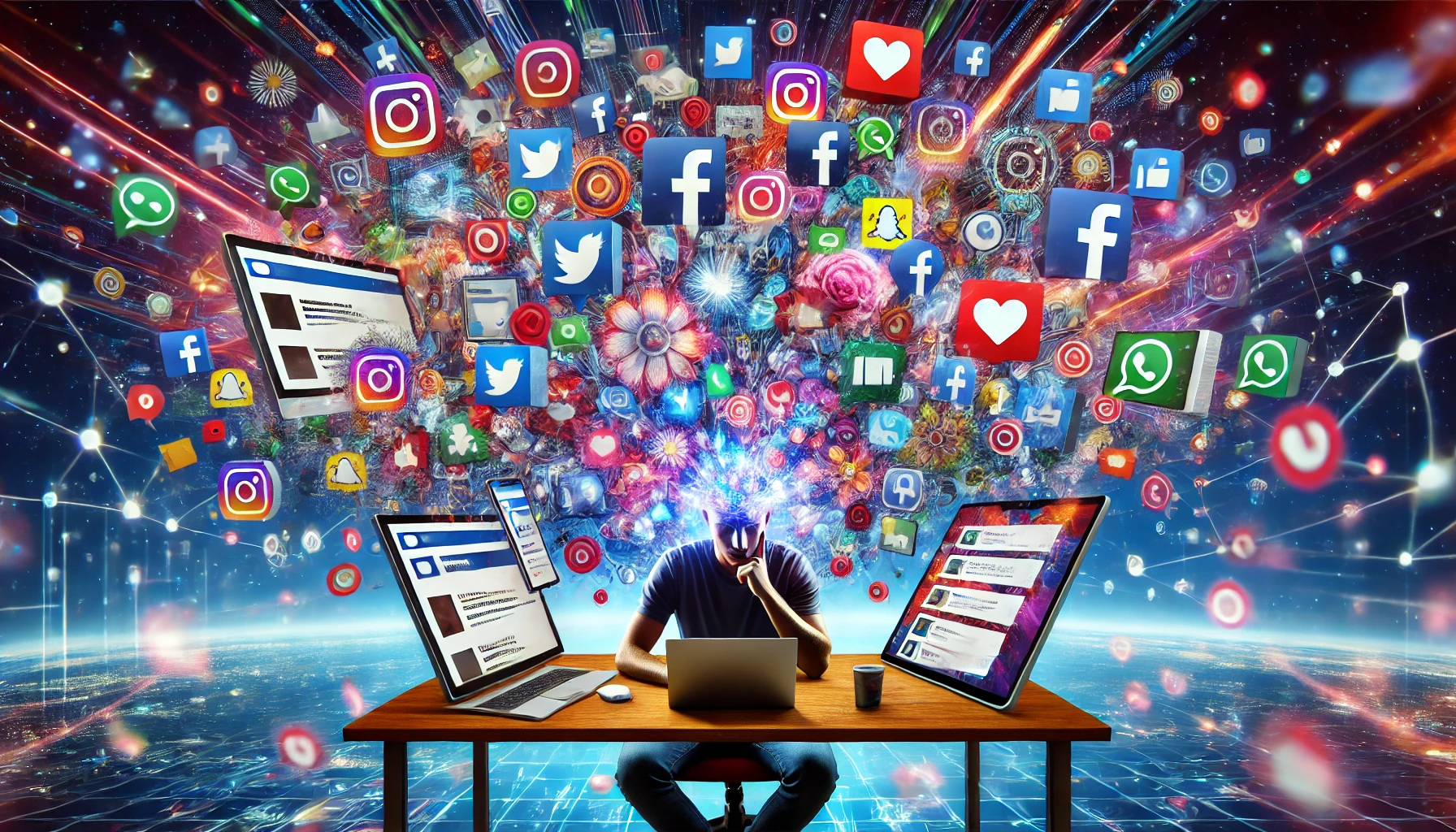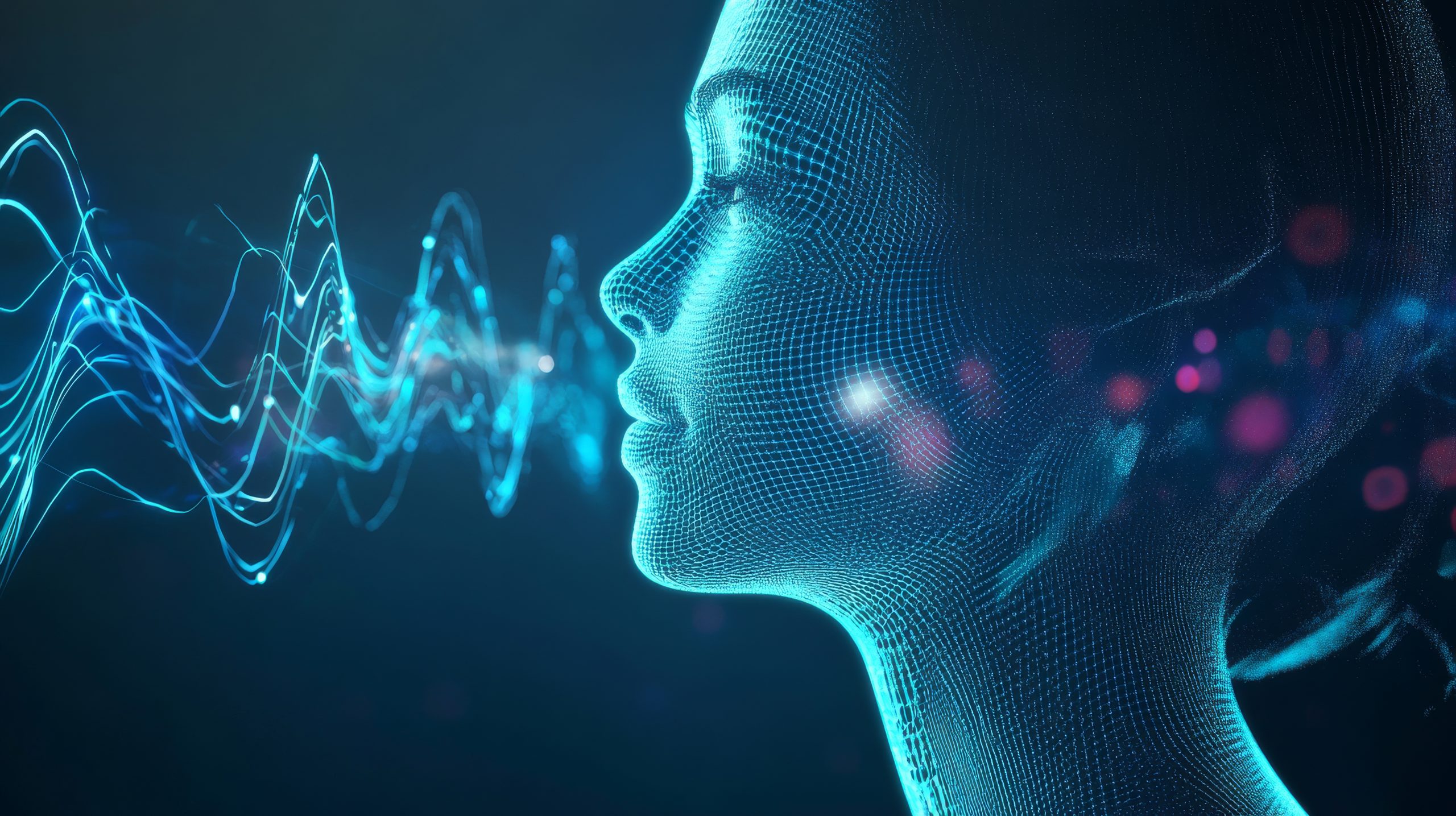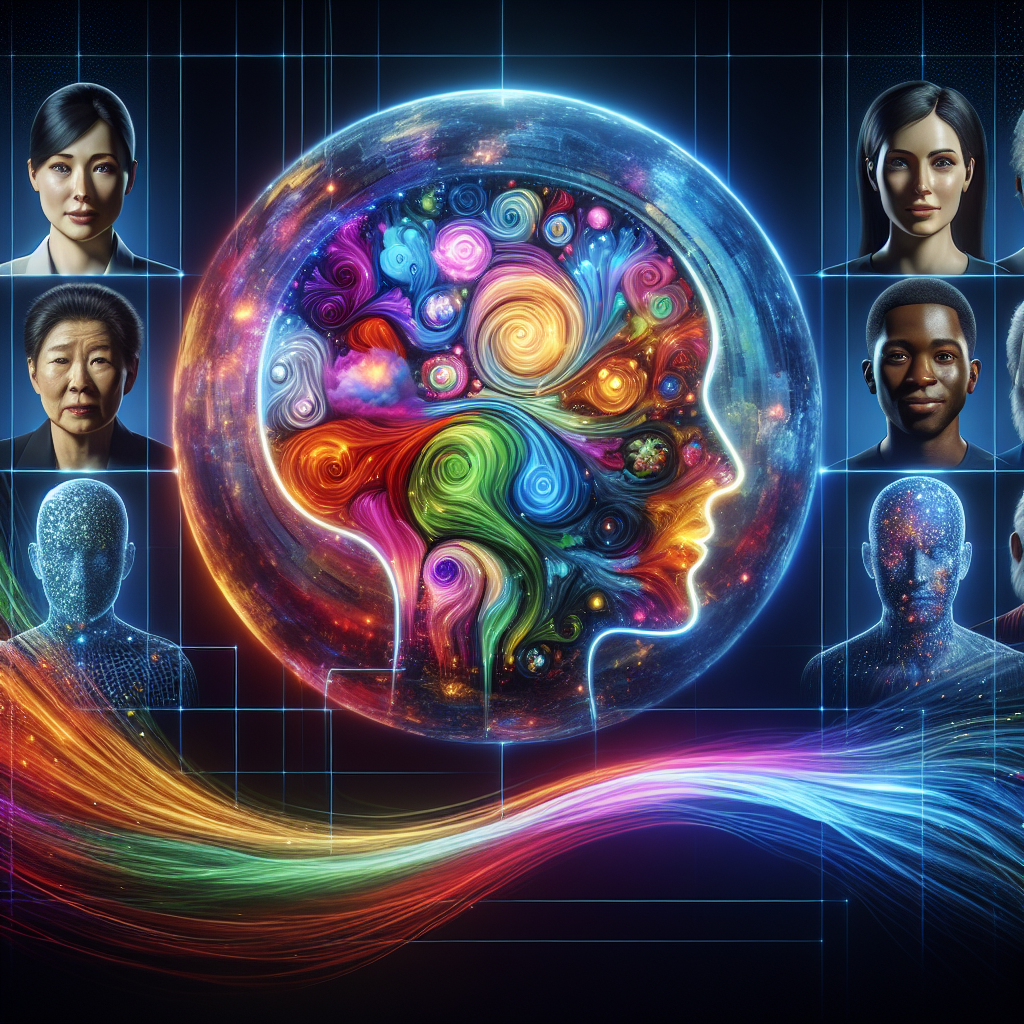Scroll, Click, Repeat: How Social Media is Rewiring Your Attention Span. Social media has become an inseparable part of our daily lives. While it keeps us connected and entertained, it’s also reshaping how we focus and process information. From endless scrolling to instant notifications, the digital world is making it harder than ever to maintain concentration.
The Science Behind Attention and Social Media
Our brains are wired to prioritize new and stimulating information – a survival mechanism from our evolutionary past. Social media platforms exploit this by presenting content in rapid, bite-sized bursts, triggering dopamine releases that reinforce addictive behaviors. Dopamine, often referred to as the brain’s “feel-good” chemical, creates a cycle of craving and reward, encouraging users to return for more. Over time, this rewiring can significantly impact our ability to concentrate on longer, more complex tasks.
Studies have shown that the average human attention span has decreased from 12 seconds in 2000 to just 8 seconds today – shorter than that of a goldfish. While this trend cannot be entirely blamed on social media, platforms like Instagram, TikTok, and X play a significant role in conditioning us to consume information in shorter, fragmented bursts.
Signs That Social Media Is Affecting Your Focus
- Difficulty Reading Long Content: Struggling to read a book, a detailed article, or even sit through a lengthy video without feeling restless?
- Constant Need for Distraction: Checking your phone during meetings, movies, or even conversations with loved ones.
- Shorter Work Sessions: Finding it hard to stay focused on tasks without taking frequent, often unnecessary, breaks.
- Multitasking Gone Wrong: Feeling the urge to juggle multiple apps or tasks simultaneously, yet accomplishing less.
How Social Media Impacts Concentration
1. Fragmented Attention
Switching between apps, notifications, and messages trains your brain to focus on multiple things briefly, making sustained attention harder. This phenomenon, often referred to as “task-switching,” consumes mental energy and reduces efficiency over time.
2. Increased Cognitive Load
The sheer volume of content on social media overloads your brain, leaving less mental energy for deep, focused work. With an endless stream of posts, videos, and ads, your mind is forced to filter through an overwhelming amount of information.
3. Reduced Patience
Fast-paced platforms like TikTok and Instagram condition users to expect instant gratification. This affects our ability to engage with slower, more rewarding activities like reading, problem-solving, or even having in-depth conversations.
4. Constant Dopamine Cravings
The addictive design of social media creates a loop where users seek the next like, comment, or notification for a dopamine hit. This craving interrupts your focus, even when you’re not actively using your device.
Practical Steps to Reclaim Your Focus
1. Set Boundaries
Establish designated times for social media use, and avoid it during work or study hours. Apps like Screen Time (iOS) or Digital Wellbeing (Android) can help monitor and limit usage. Start small by scheduling “phone-free” hours or implementing a social media detox for a day each week.
2. Practice Mindfulness
Incorporate activities like meditation, going for a walk, or journaling into your routine. These practices help retrain your brain to stay present and rebuild your ability to focus for longer periods. Mindfulness apps like Headspace or Calm can guide you through this process.
3. Engage in Deep Work
Dedicate uninterrupted time to a single task, gradually increasing the duration to retrain your brain for sustained attention. Productivity techniques like the Pomodoro Method (25 minutes of focused work followed by a 5-minute break) can help you get started.
4. Curate Your Feed
Follow accounts that add value to your life and minimize exposure to content that fuels endless scrolling. Unfollow or mute accounts that promote negativity or distract from your goals. Make social media a tool for enrichment rather than a source of distraction.
5. Turn Off Notifications
Notifications are one of the biggest culprits behind fragmented attention. Disable non-essential alerts to reduce interruptions and maintain focus on the task at hand.
The Role of Awareness
Understanding how social media impacts concentration is the first step toward mitigating its effects. Awareness allows you to make intentional choices about how, when, and why you use these platforms. Instead of letting them dictate your habits, you can take back control and use social media in ways that align with your priorities.
Conclusion – How Social Media is Rewiring Your Attention Span
Social Media is Rewiring Your Attention Span but Social Media is a double-edged sword: a tool for connection and a source of distraction. While it’s unlikely we’ll stop using these platforms, small, intentional changes in how we interact with them can significantly improve our concentration and mental well-being. By setting boundaries, practicing mindfulness, and curating your digital environment, you can take charge of your attention span and find a healthier balance between staying connected and staying focused. Start today – your future self will thank you.





Leave a Reply